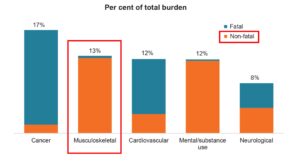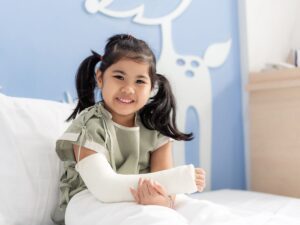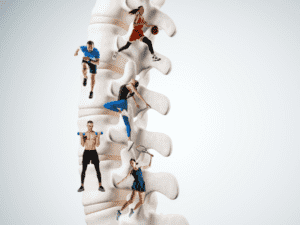It is not always obvious when to start using a pillow for your child in bed or what type of pillow to use. This article highlights a number of things to consider when selecting the right type of pillow (or no pillow) for your child.
SIDS guidelines recommend that children do not use pillows until they are old enough to sleep in a bed. This is a good rule to follow.
When a child lies on their side the pillow should be thick enough to support the side of the head and neck in a neutral position. Not to thin or too thick (see image below).

To check this, get down at their level and observe them from in front and from behind (in their own bed). When a child gets older they can bunch the pillow a little under their neck because the neck is slightly thinner than the head and therefore requires a little more pillow to provide adequate support.
When a child lies on their back the best pillow is a relatively thin one. In this position the pillow’s main job is not to raise the head from the mattress but to gently support the back of the neck.
Pillows are of little value when a child sleeps on their tummy. In this position a pillow will tend to force the head into an even greater turn and may aggravate the spine.
If a child sleeps on their front with their head consistently turned to the same side, they may have limited turning freedom to the opposite side.
WHAT TO DO
Most young children sleep in a variety of positions throughout the night (including on their tummy). Because of this they are better off using a thinner pillow rather than a thick one. This way the child will get good support when on their back, fair support when on their side (can be made better by bunching under the neck) and will minimise stress on the neck if they lie on their front.
When they get older and settle into a ‘preferred’ sleeping position you may choose the right pillow (or no pillow) accordingly.
If you have any concerns or questions about your child’s pillow or sleeping position please contact our office, we may be able to help.
Please feel free to forward it on to anyone you feel may benefit.
Sincerely, Richard.
Disclaimer: The information in this article is not intended as a substitute for professional help or advice. Neither Sure Start Chiropractic nor any of its practitioners assume any responsibility for harm or injury to anyone who uses the information, or damage to any equipment. If your child appears to be in pain or discomfort stop the activity and consider discussing this with a spine health professional.





